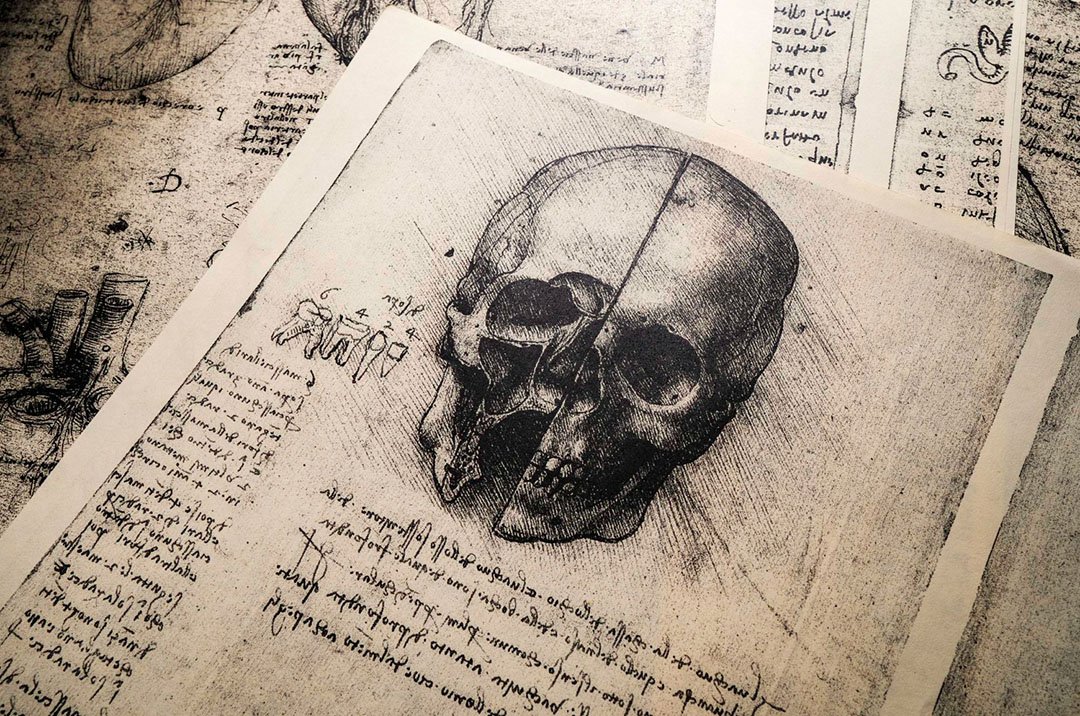
“Time stays long enough for anyone who will use it”. This idea of Vinci has made him timeless. Leonardo de ser Perio da Vinci born on 15 April 1452 in Anchiano, Italy was a painter, engineer, scientist, theorist, sculptor and architect. He was a true renaissance humanist. Dwelling in his early life he was an illegitimate child raised by his father and stepmother. Largely self-educated his first apprenticeship was at age 14 with the noted artist Andrea del Verrocchio in Florence. He learned a wide breadth of technical skills including metalworking, leather arts, carpentry, drawing, painting and sculpting. Leonardo was in service of the Duke of Milan from 1482 to 1499. He served as a painter, engineer of the duke and advised on architecture, fortification and military matters.
Vinci (the name derived from the city Vinci) showed extraordinary skill in painting. He was associated with the painters’ guild and worked as an apprentice from 1472 to 1477. The striking feature that makes Da Vinci’s work unique is the techniques used in laying on the paint, detailed knowledge of anatomy and innovative use of the human form in figurative composition, and his use of sfumato. His famous paintings include Mona Lisa, The Last Supper, Virgin and Child with St. Annehe, The Virgin of the Rocks and many more.
The magnum opus of Vinci is the portrait titled The Mona Lisa, which has bewitched us for the elusive smile on the woman’s face, where he has subtly shadowed the corners of the mouth and eyes so that the exact nature of the smile cannot be predicted. Many theories suggest that the smile represents the motherly figure that Vinci lacked in his childhood. Despite his famous paintings, Vinci was not a prolific painter he was more of a prolific draftsman. He kept journals full of small sketches and detailed drawings of things that interested him.
Having an inquisitive mind Vinci was immersed in geometry, anatomy, zoology, botany, geology, optics, aerodynamics and hydrodynamics among others. He gave the science of light and shade, the structure of the eye and vision, perspective, the science of light and shade, the perspective of disappearance, theory of colour, perspective of colour, proportions and movements of the human figure. He clubbed science with art the perfect example is “Vitruvian Man,” which depicted a nude male figure in two superimposed positions with his arms and legs apart inside both a square and a circle. Which is a study of proportion and symmetry, as well as his desire to relate man to the natural world. A perfect example of the humanist approach.
As Vinci was into physics and chemistry i.e science and attachment to nature gave him the idea of exploring the sky. He designed a machine where the pilot lay down in the center and pedalled a crank, connected to a rod-and-pulley system, to get the machine moving. Once in the air, the wings were designed to flap, much like a bird’s. This wasn’t successful as he didn’t have the proper apparatus. He also came up with the idea of a parachute which not only gave an opportunity to go up but also land safely. Machine guns, robotic men and diving suits all this was a vision and an example to support warfare.
Vinci was a mosaic of talent. He was a visionary and his art, invention and theories have bewitched us and will bewitch the upcoming generation. The exemplified the idea of renaissance and humanism.